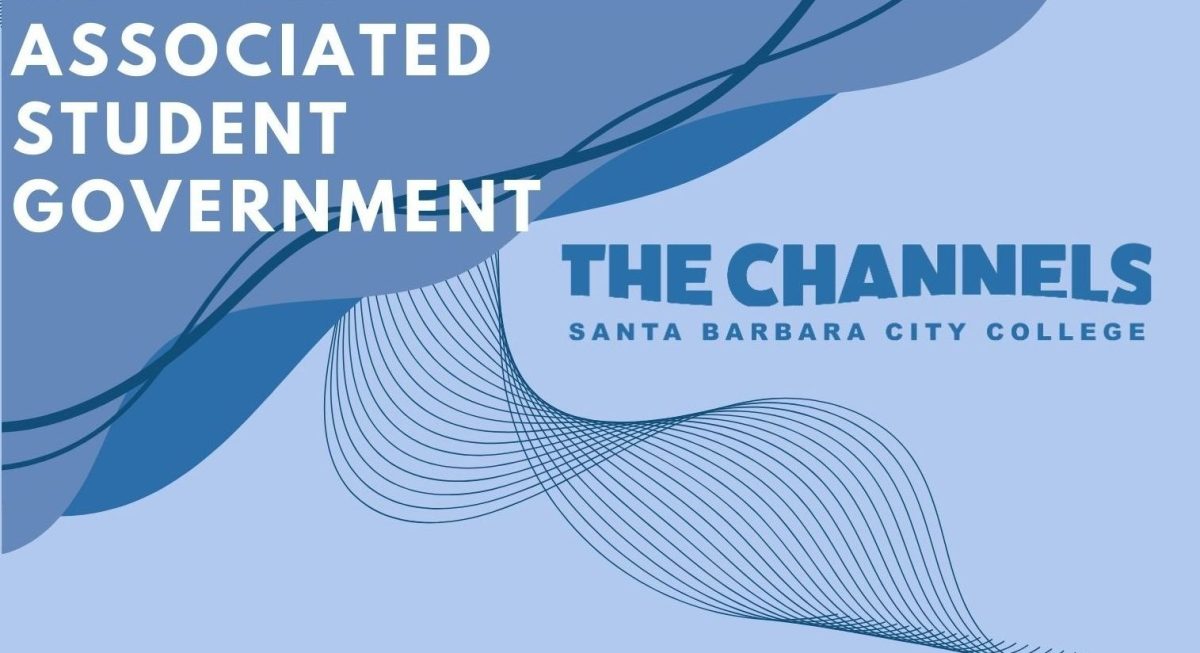If gas went up to $5 per gallon tomorrow, most of us would have to seriously rethink our driving habits.
That price may seem unthinkable now, but a few years ago, so did $3 per gallon. We cannot assume that another substantial increase won’t happen. And we can no longer ignore the effects of our fossil fuel gluttony on the earth’s environment.
So I pose this question to every student who drives to campus: If you could not use your vehicle, what alternative mode of transportation would you use to get to school?
One obvious choice is the bus. The Metropolitan Transit District allows all City College students with valid identification to ride for free, so cost is not a factor.
Unfortunately, conventional buses still rely on our ever-dwindling oil supply for fuel. Riding the bus also takes a long time. From my neighborhood on the east side of town, it takes about an hour to get to campus by bus. Driving time is less than ten minutes.
Biking offers another option. Bikes do no harm to the environment, there’s no hassle at finding a place to park, and the exercise provides health and fitness benefits.
But again there are drawbacks. Aside from the time-consuming factor, weather conditions can also adversely affect your ride to school. And with the hilly landscape, the exercise may be beyond many people’s capabilities.
So maybe giving up a car would be too much. In that case, a car with an alternative power supply will give you all the benefits of driving without the guilt of gas guzzling or the high price at the pump.
Vehicles with hybrid technology, which run on both gas and electricity, can get up to 60 miles per gallon.
But good luck on getting one of these cars.
The local Honda dealership has only one hybrid right now, a Civic, and five people are on the waitlist for it. Even if you were willing to wait, there’s the price tag to consider.
That new Civic goes for about $24,000, far beyond the budget of most college students.
While that model may be factory fresh, none of these alternative modes of transit are actually new.
In fact, issues of oil dependency and environmental responsibilities have been with us for decades.
So why bother thinking about alternative transportation now?
Because when it comes to our car-dependent lifestyle, the old maxim is true: familiarity breeds contempt.
We know both sides of the alternative transportation debate, and quite frankly, we have become bored.
We are content to say that we believe in conserving gasoline and saving the environment, but then drive off in our cars, alone, having done absolutely nothing.
I challenge every one of us at this campus to imagine that the $5-per-gallon scenario is true, and act accordingly. The business world already has.
Companies are exploring every conceivable power source, from biodiesel to solar panels to cow dung. An economy based on the limited resource of oil can’t last forever.
We would be wise to rethink our drive-everywhere routines now, before the $5-per-gallon idea changes from a dystopian dream into a stark reality.







